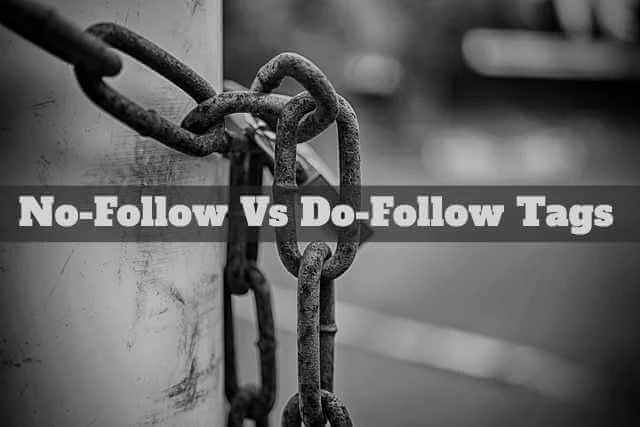
What is nofollow Tag?
A nofollow tag is used when the link you are sharing on your blog/site is not relevant to your blog or useless. When we use nofollow tag to a link, there is no link juice passed to this shared link address from your blog.
Example:
Example:
<a href='www.twistblogg.com' rel='nofollow'>Twist Blogger</a>What is Dofollow tag?
There is no such thing like Dofollow tag. When we leave the link as it is and do not add a Nofollow tag to it, it is called dofollow link. Search engine crawlers will follow the link and your PR juice will be passed to that link.
Recommended:
Blogger Search Preferences Settings for Better Ranking
A Killer Guide To Get First In Google Search Results
When Should I Use No Follow Tag?
You should add a nofollow tag to the external links (Links to outside from your blog) you share on your blog. The type of links you are sharing may not be relevant to your blog so it is must to add a nofollow tag to those all links and that does not mean you will always have to nofollow each and every external link. You can share some valuable and relevant links with dofollow tag like as the link to a blog in same niche. Here are some type of links you should add nofollow tag to:
1. Social Profiles On Social Networks
2. Pages On Social Networks
3. Torrent and Mirror sites like as uTorrent, 4Shared, Mediafire, Rapidshare and all
4. Demo Links
5. Big Players like as Microsoft, Google, Yahoo and Bing etc.
6. Any other irrelevant link.
By using nofollow tag to useless and irrelevant links, you get two major benefits:
- It is High Page Rank because no link juice will be passed to these links and
- No penalties from search engines because you are safe by using a nofollow tag to irrelevant or harmful links to your bog/site.
When Should I use Dofollow?
You should never add a nofollow tag to the internal links of your blog. Internal links are those links which are linked from one page of your blog to another page of your blog. These are links to other pages of your blog from one page.
By interlinking to older pages/posts of your blog keeps them alive and help search engine crawlers to re-index them again because when you link a older page or post from a newer page/post then crawlers will pay visit to those all the links shared on new post/page and re-index them. Use Dofollow tag to all the internal links unless useless links like as links to comments.
By interlinking to older pages/posts of your blog keeps them alive and help search engine crawlers to re-index them again because when you link a older page or post from a newer page/post then crawlers will pay visit to those all the links shared on new post/page and re-index them. Use Dofollow tag to all the internal links unless useless links like as links to comments.
There are a number of benefits of interlinking:
- You keep receiving visitors to those older posts from new posts.
- By adding dofollow tag to internal links, the main homepage PR flows in a balance which will help the robots crawl your site thoroughly as it serves like as a Sitemap.
Watch This Video From Matt Cutts of Google Webmaster Help On Use Of rel='nofollow' tag.
Hope this article helped you understanding how to use nofollow tag and What does a no follow tag do. If did not make use of these tags then start doing right now.
